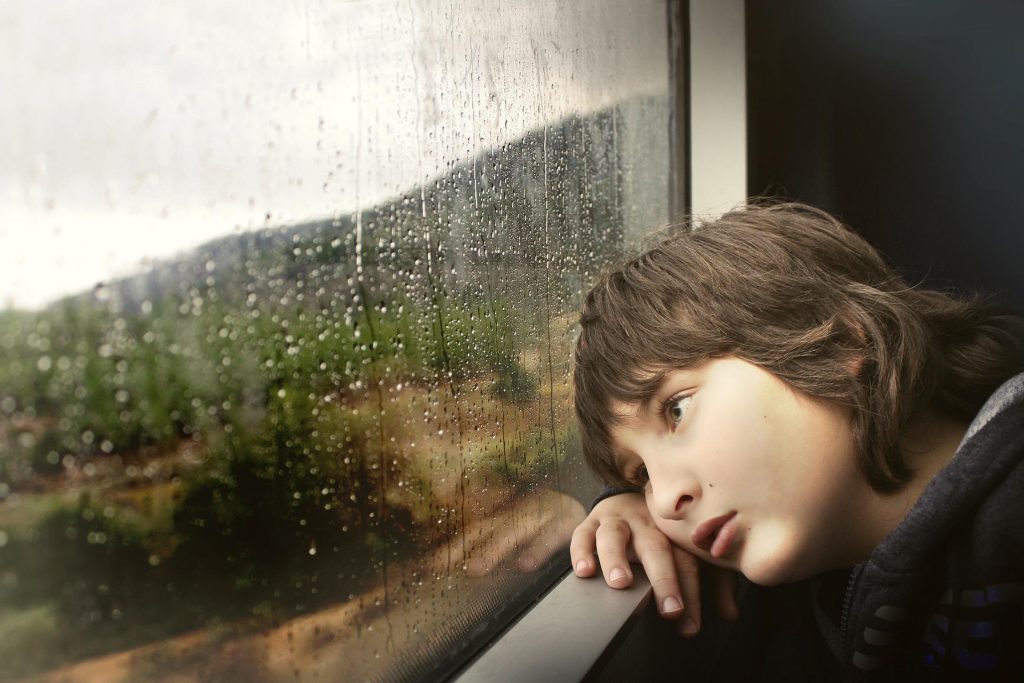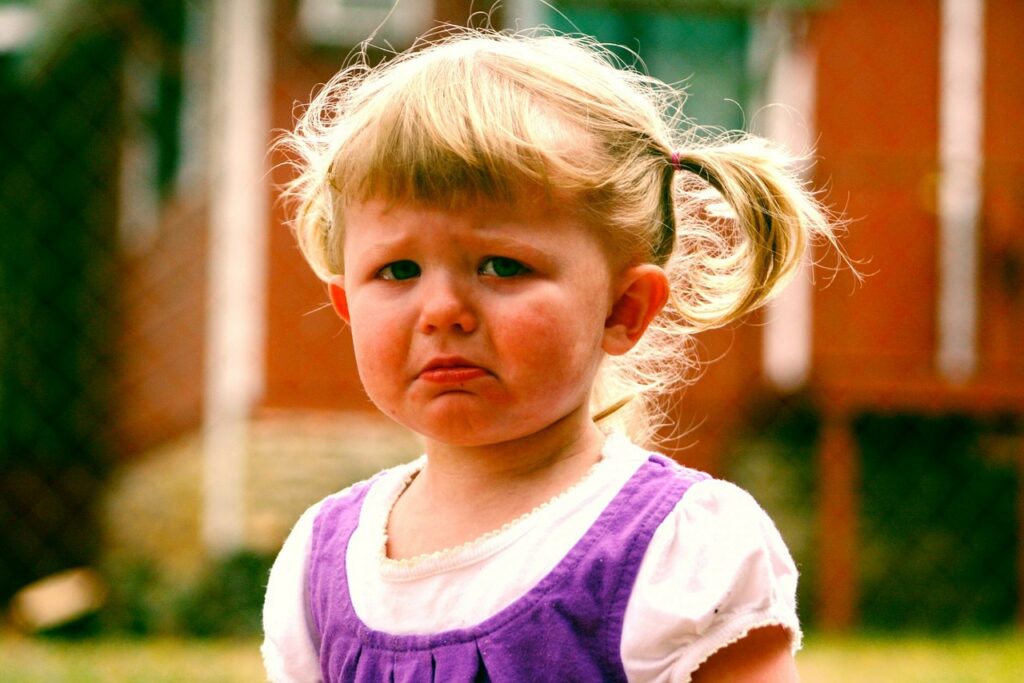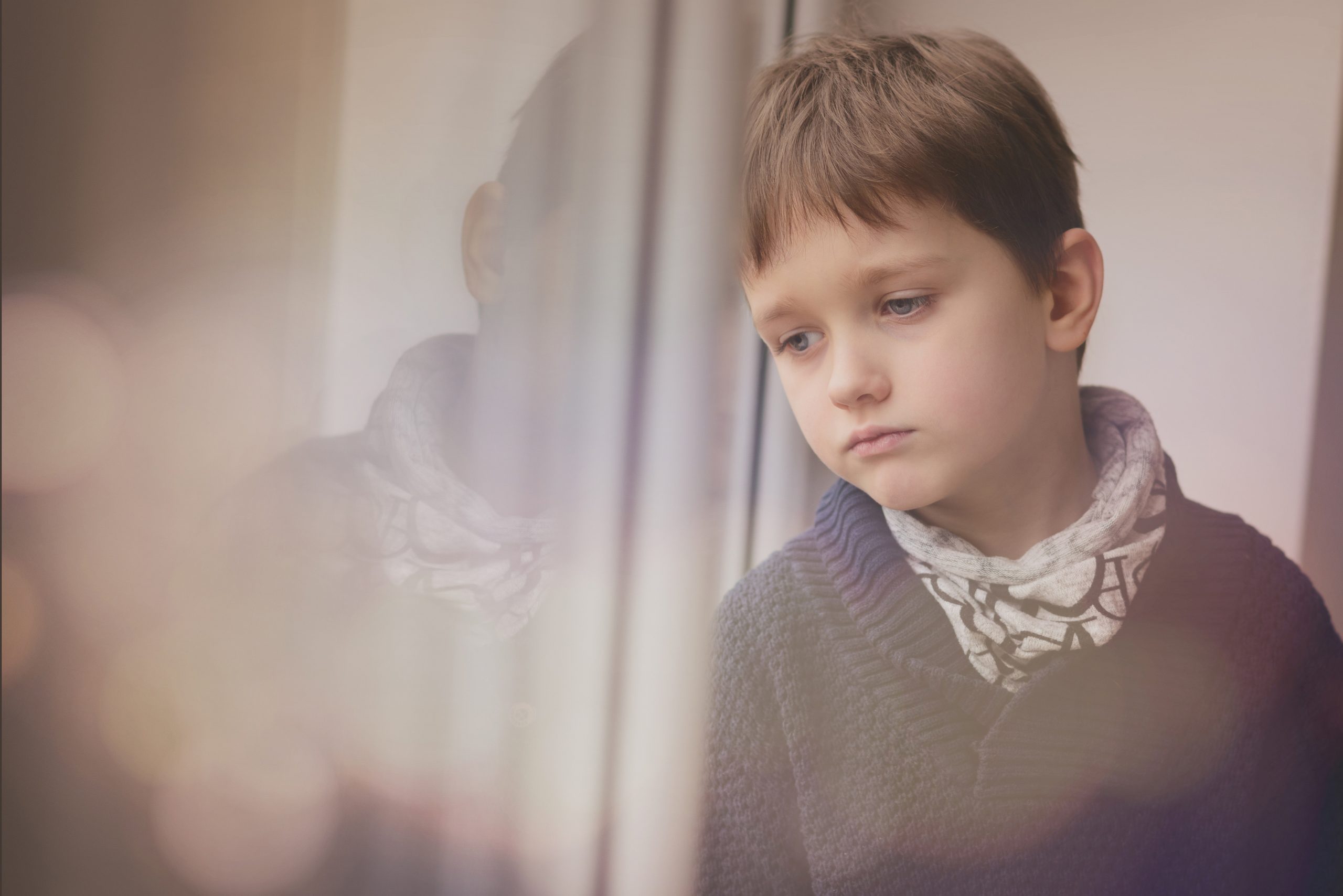Spotting the signs of emotional distress in children and young people is not always an easy task. For parents and carers, finding out how our kids are coping with the challenges of life can be as difficult as prizing them away from their smartphones.
In this short resource from The Spark – Scotland’s largest provider of school-based counselling for children and young people – you will learn about some of the most common indicators of emotional distress. By knowing what to look for we can be better able to support our children as they tackle the challenges of growing up.
Spotting the signs of emotional distress
Every child is different but as a counselling organisation we have found that there are some common indicators of emotional distress in children, specifically:
- Tummy aches and/or ‘feeling sick’
- A lack of concentration and/or struggles at school
- Withdrawing from social interactions
- Mood swings and/or changes in behaviour.
Emotional distress: tummy aches and ‘feeling sick’

Emotional distress can manifest itself as physical symptoms. This can take the form of stomach aches, nausea or headaches. Where there is no underlying health condition that might cause such symptoms, regular repetition could be an indicator that a child is experiencing some kind of emotional distress.
This can be particularly the case when there is no known reason for the child to be experiencing a period of heightened anxiety. Naturally, there are experiences and life events that will typically, but not always, result in emotional distress including:
- The build-up to a class test or exam
- During a transitional period like moving into a new year group, school or class
- During and/or following a period of serious illness – the child or a close family member
- Following the death of a close family member like a grandparent or aunt/uncle.
When physical symptoms occur outside of these periods or continue after the event has passed, a more significant underlying emotional issue could be a factor. If this is the case for a child or young person, counselling with a qualified and experienced youth counsellor is a practical solution.
Emotional distress: a lack of concentration and/or struggles at school
Even the most focused children can have trouble concentrating from time to time. However, a steady decline in concentration levels – at home or in the classroom – can hint at underlying issues of emotional or mental distress.
During periods of heightened emotional distress, a child’s ‘fight, flight or freeze’ reaction can be triggered. In practice, this can make concentrating on tasks at home or in the classroom extremely challenging. Imagine for a moment a child in this heightened emotional state. They will become hyper-vigilant to their immediate environment meaning everyday occurrences can become upsetting to the child or young person.
Often this can be accompanied by a drop in their academic standards. Combined these may be symptomatic of emotional distress and are worth exploring with your child. If you feel unable to do this the support of a qualified and suitably experienced youth counsellor can be an effective solution.
Emotional distress: withdrawing from social interactions
Physical symptoms of emotional distress are not always present and in some cases, a child or young person may not communicate them to their parent(s) or a trusted adult. In those instances, behavioural signals may be more evident with one in particular – social withdrawal – the most common.
A child who typically engages in discussions and interactions at home or in the classroom may withdraw as a result of underlying emotional issues. Distress, uncertainty and anxiety compromise their self-confidence and sense of security. This can force them to deliberately withdraw from social interaction in the home, at school or when in the company of friends and peers in order to regain a sense of comfort and security.
Disengagement from friends, deliberate isolation and withdrawal from extra-curricular activities can also be examples.
Younger children – though not always – may revert to old habits which can include:
- thumb-sucking
- playing with their hair or earlobes
- attending school with comfort items (e.g. favourite toy or blanket) for security and reassurance.
Emotional distress: mood swings and changes in behaviour

Changes in behaviour and mood swings are a part of growing up. But they can also be a sign of emotional distress making it tricky for parents to tell the difference between ‘growing pains’ and something more significant.
Emotional outbursts from a typically calm and contented child or gross disobedience are extreme examples. As is any sudden change in a child’s ability to self-regulate their emotional state particularly when this has not been a significant issue in the past (e.g. being unable to move on from a minor personal disappointment).
Often the changes can be more subtle like starting to bend the truth or bullying/manipulating siblings or peers. In many cases, the changes can take a period of weeks to become noticeable.
Counselling for children and young people
If your son, daughter or family member is struggling with something right now speaking to a professional children and young people counsellor is an option.
Counselling offers a safe, confidential and non-judgemental space in which young people can discuss any issues that are upsetting them at school, at home or at play.
Find out more about our counselling services for children and young people, and families or call us on 0300 180 0444 to discuss how counselling could help.

